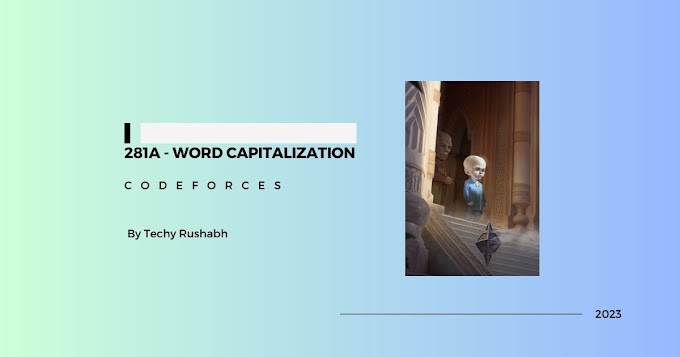Introduction
The world of AI-generated video is evolving at an astonishing pace. It seems like new breakthroughs emerge almost daily, making it challenging to stay informed. This post dives into the latest offerings from ByteDance, the company behind TikTok, and their two groundbreaking AI video generation models: PixelDance and Seaweed. These models promise to address key limitations in current AI video technology and potentially reshape the landscape of content creation.
ByteDance Enters the AI Video Arena
ByteDance, already a dominant force in the short-form video market with TikTok, is now making significant strides in AI video generation. The introduction of PixelDance and Seaweed signifies a major commitment to this emerging technology. The fact that a company with ByteDance's social media reach is investing heavily in AI video tools underscores the importance and potential impact of this technology.
PixelDance: Revolutionizing Character Animation
PixelDance, currently in private beta, is focused on creating realistic character animation. It's expected to potentially launch publicly after the U.S. general election in November, subject to political considerations. This model generates 10-second video clips with incredibly natural character movements, such as walking, turning, and interacting with objects.
What truly sets PixelDance apart is its multi-shot consistency. Unlike many AI video generators that struggle with maintaining visual coherence across different camera angles, PixelDance ensures that character appearance, proportions, and scene details remain consistent throughout multiple shots. This capability is a significant advancement, enabling the creation of more complex and visually engaging scenes. Furthermore, PixelDance offers impressive camera control, similar to that of Pica and Runway's Gen 3, allowing users to create dynamic movements like 360-degree pans, zooms, and tracking shots using simple text prompts. An example prompt described in the video was: "in black and white, the camera is shot around the woman in sunglasses, moving from her side to the front, and finally focuses on a close-up of the woman's face."
Seaweed: Mastering Environmental Generation and Longer Videos
Complementing PixelDance, Seaweed focuses on environmental generation and supports longer video lengths. This model can create videos up to 30 seconds, or even two minutes long, a significant feat in the current AI video landscape. Crucially, like PixelDance, Seaweed maintains consistency across shots, ensuring a smooth and cohesive viewing experience for longer sequences. This makes it ideal for creating more elaborate scenes where maintaining visual flow is paramount.
The AI Video Generation Race: Competition and Innovation
ByteDance's entry into the AI video generation market comes at a time of intense competition and rapid innovation. OpenAI's highly anticipated Sora model, announced in February, promised 60-second, high-quality video generation but remains unreleased. ByteDance appears poised to fill this gap with PixelDance and Seaweed.
Other key players include:
- OpenAI: While Sora is still pending, OpenAI has released new tools to streamline voice assistant development and enhance model fine-tuning with images and text. These features will make it easier to build voice applications and improve image recognition capabilities.
- Kuaishou (Cling AI): Launched in June, Cling AI is integrated into Kuaishou's video editing app and can generate two-minute videos. However, it primarily focuses on single-shot takes, limiting its versatility for complex scenes.
- Pika Labs (Pica 1.5): Pika 1.5 offers enhanced realism, improved screenshots, and unique special effects (Picafx) that allow for dynamic character transformations.
ByteDance's models are built on the Dubao family of foundational models, utilizing the Document Image Transformer (DIT) architecture. This architecture is designed for optimization in business applications, potentially leading to lower costs for AI-generated video production. ByteDance's aggressive pricing strategy has already sparked a price war with other Chinese tech giants, contributing to its rapid growth. ByteDance is also investing heavily in hardware, planning to develop a new AI model trained primarily using Huawei chips. This move is in response to U.S. restrictions on advanced AI chip exports, particularly those from Nvidia. ByteDance is utilizing Huawei's Ascend 910B chip, although supply chain issues and the chip's lower performance compared to Nvidia's GPUs present ongoing challenges.
Conclusion: A Glimpse into the Future of Video Creation
ByteDance's PixelDance and Seaweed represent significant advancements in AI video generation. They address crucial limitations in existing tools, particularly in areas like multi-shot consistency and video length. While the competitive landscape is fierce, with companies like OpenAI, Kuaishou, and Pika Labs also pushing the boundaries of innovation, ByteDance's strong foundation in social media and its aggressive approach to development position it as a major contender. For content creators, these advancements signal a future where creating high-quality, complex video content becomes increasingly accessible and efficient.
Keywords: AI Video Generation, ByteDance, PixelDance, Seaweed, AI video consistency.




0 Comments